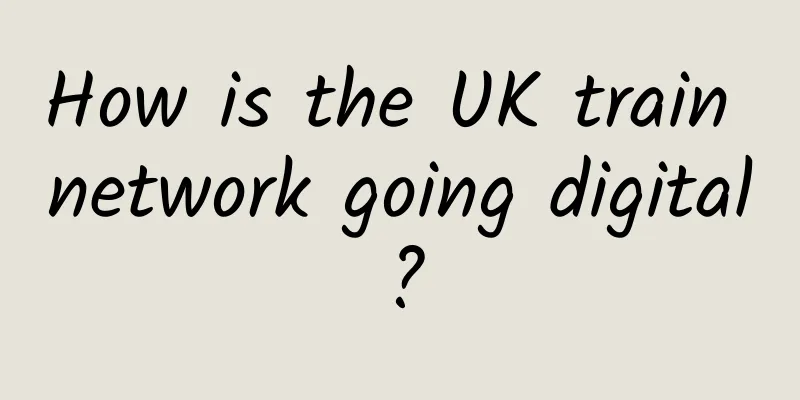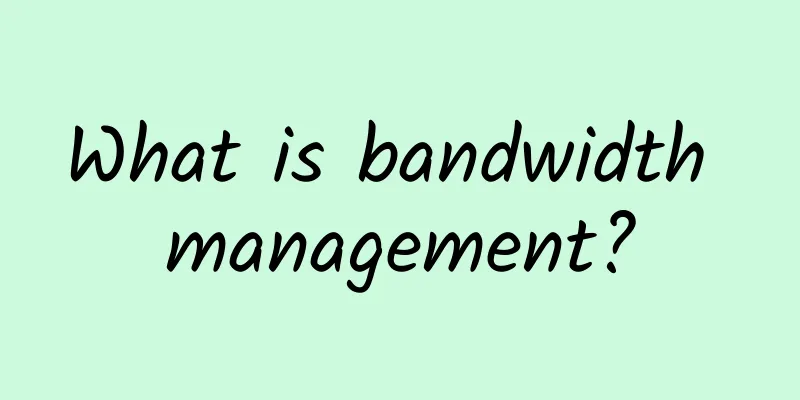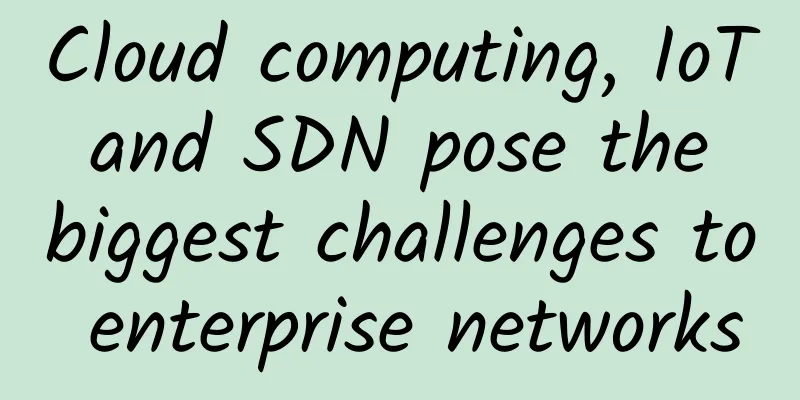Will 5G be the connectivity miracle for the Internet of Things?

|
Thanks to 5G, high-speed internet will soon be available to everyone... except for the places where it doesn't reach. With the development of 5G and the powerful Internet of Things, everything in the world will become closely connected. Thanks to 5G, in the near future, everyone will have access to high-speed Internet... except for places where the Internet does not cover.
5G IoT Utopia 5G promises mobile communications speeds that equal, and in many cases, exceed, home broadband. In addition to the obvious benefits to mobile users, high-speed networks and greater availability will also benefit the Internet of Things, allowing more devices to send and receive more data. While it sounds like a data utopia, 5G may not have all the answers involved in IoT. For example, what about connectivity between cities and across borders? In this article, we’ll explore what truly ubiquitous global IoT coverage would require, and how to fill in the gaps between coverage hotspots. Smart cities and connectivity The need for 5G is largely driven by the development of smart cities, where everything is connected. This means cars will have intelligent conversations with traffic systems, home appliances will communicate with utility providers, garbage trucks will communicate directly with garbage bins, and so on. In order for this to happen, a lot of bandwidth needs to be available, which is where 5G comes in. Offering theoretical download speeds of 10,000 Mbps and ultra-low latency, 5G has everything a smart city needs in terms of connectivity. It would seem that 5G is already connecting the Internet of Things for the reasons listed above, and for those living in cities, to some extent, it is. However, for those outside of cities, across borders, or in areas where 3G has not yet been properly implemented, things are not so simple. For most of the world, 5G will not be available for several years. Don't put all your eggs in one basket When it comes to connectivity, putting all your eggs in one basket can be very short-sighted given the speed at which the industry is changing. Simply put: if your IoT solution relies on just one connectivity method, it will only work where that connectivity exists. In the short term, 5G connectivity will fall into the same category as LoRa and SigFox, where connectivity only exists within coverage. If your device needs to operate outside of network coverage, you will need another connectivity option. Out of range For businesses that need to operate outside of connectivity coverage areas, other options must be considered. The most common option for operating outside of these ranges is 4G/LTE. With roaming data agreements, devices are still able to operate outside the limitations of 5G, SigFox or LoRa networks. Many network operators are able to offer international roaming data connections, which will allow a device to operate in several different countries, however, this comes with significant and sometimes unpredictable costs and may still not have the coverage that the business requires. Globally, 4G/LTE coverage is spotty, with many countries yet to upgrade and some not even planning to. Even in developed countries like the UK, 4G networks are still very spotty once you get outside of large towns. Combine the general lack of 4G coverage with potentially high data costs, and it quickly becomes clear that 5G/4G-based IoT networks aren’t right for everyone – especially businesses operating in remote areas or across borders. Let's use voice-based 2G Rather than relying on the TCP/IP layer of the mobile network, it allows devices to use the GSM (2G) network, which is based on voice communications, to send and receive messages. The biggest advantage of using 2G is coverage. 2G is available in more than 190 countries around the world, in most cases in parallel with 3G and 4G communications. In countries that have not yet upgraded to 3G or 4G, 2G is usually widely supported by multiple operators. Nothing lasts forever—especially 2G The problem with using old technology is that it won’t be around forever, and the same is true for 2G. In countries where 4G/5G offer full coverage, 2G is being shut down… eventually. This will cause problems in the future for IoT deployments that rely solely on 2G. How far into the future we need to look depends on the area in question, for example, South Korea has already shut down 2G, but there are still third world countries that have yet to see a full rollout of 3G, let alone full implementation of 4G/5G. For these countries, 5G may be a decade or more away. Even countries with good 4G coverage may take some time to completely switch off 2G. In countries where mobile deployment is slow, innovators have no choice but to use older technologies. In many African countries, for example, the use of USSD short codes (a text-based messaging component of 2G) has become a common way to allow feature phone users to access websites and apps. As a result, 2G will remain a very cost-effective option for some time. In the dark, low power consumption is essential All IoT devices require power to operate. If your device is out of range, there’s a good chance it will need to operate without power, relying on batteries to provide energy. Simply choosing a bigger battery is not the answer. The cost of charging hundreds or even thousands of devices quickly adds up, and the batteries themselves can add to the cost of the devices. For the above reasons, it is very important that IoT devices consume as little power as possible in order to ensure continuous operation between coverage areas. Finding the right network connectivity solution for IoT deployments is critical. 5G may not have the answer yet, and may never become widespread, but for those who need low-power, low-cost IoT to work in remote areas or across borders, there are now other options. |
>>: Distributed current limiting, everything you want to know is here
Recommend
RackNerd cheap VPS summary starts from $9.89/year, self-service IP change, multiple data centers in Los Angeles/San Jose/Seattle/New York, etc.
Two months ago, I did a summary of RackNerd's...
How will future 6G networks cope with the demand for mobile data?
Ian Wong, director of RF and wireless architectur...
5G and manufacturing advantages: optimism tempered
5G-enabled factories will have the ability to mai...
Why MAC addresses do not need to be globally unique
MAC address (Media access control address) is a u...
Countries are competing to deploy 6G commercial services, and South Korea is ahead of the United States and Japan to seize the opportunity
After becoming the first country in the world to ...
Ten techniques for API protocol design
In this digital age, our daily lives are filled w...
Priced from RMB 2,999, the 5G selfie video flagship Huawei nova7 series is officially released
On April 23, Huawei's nova7 series was offici...
Cyber attacks are powerful, and Microsoft was hit! Five reflections on corporate risk control!
Author | Chen Jun Planning | Yun Zhao On March 22...
Dr. Li Jin: Is building credibility “regardless of cost”?
[51CTO.com original article] June in Beijing is w...
Inventory: Top 10 WiFi Industry Events in 2016
As we all know, WiFi has penetrated into various ...
One year has passed since China's 5G license issuance, and these opportunities and challenges are becoming clearer
With the extensive publicity of the media and the...
5G is no longer dependent on operators, and 50 companies have been approved to build their own private networks
5G is not just for operators; vertical industries...
Debunking three myths about edge computing
【51CTO.com Quick Translation】With millions of mac...
NVIDIA Launches 6G Research Cloud Platform to Advance Wireless Communications with AI
NVIDIA today announced a 6G research platform tha...
Wi-Fi Alliance announces Wi-Fi 6 as new logo
Nowadays, Wi-Fi has become an indispensable part ...







![[Mid-Autumn Festival/National Day] CUBECLOUD: 30% off for Lite series/15% off for Pro series, available in CN2 GIA Hong Kong/CN2 GIA Los Angeles](/upload/images/67cabd66b8264.webp)

